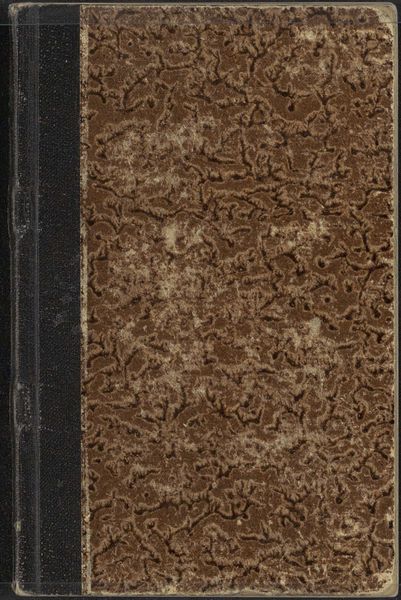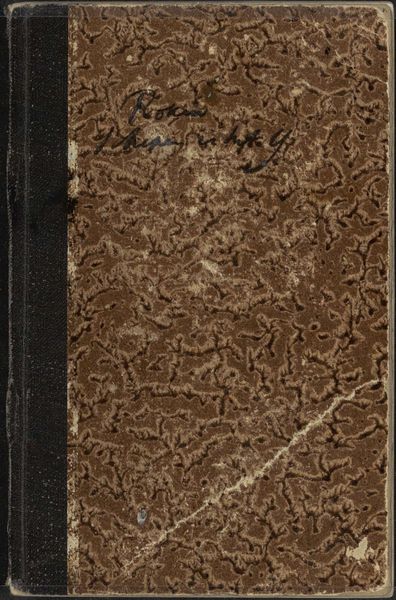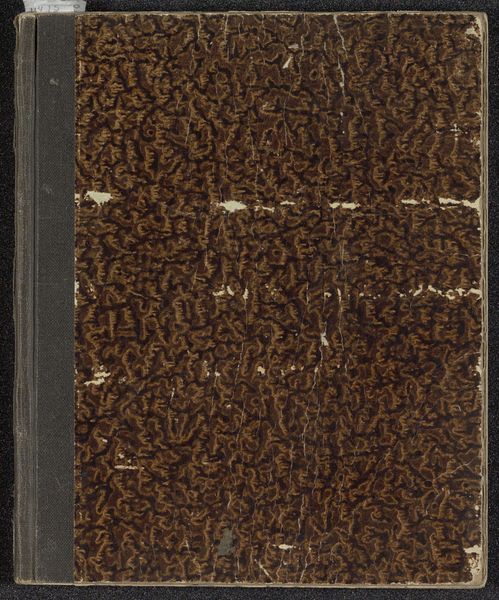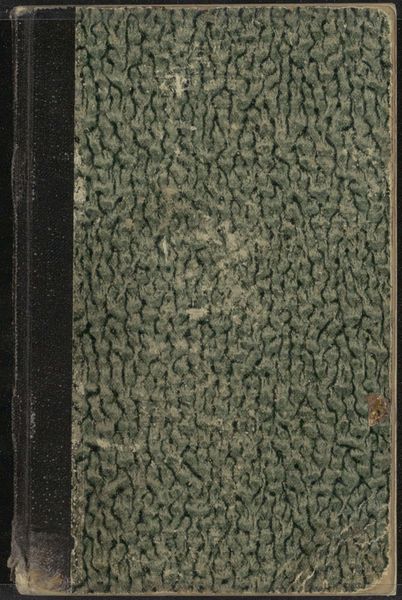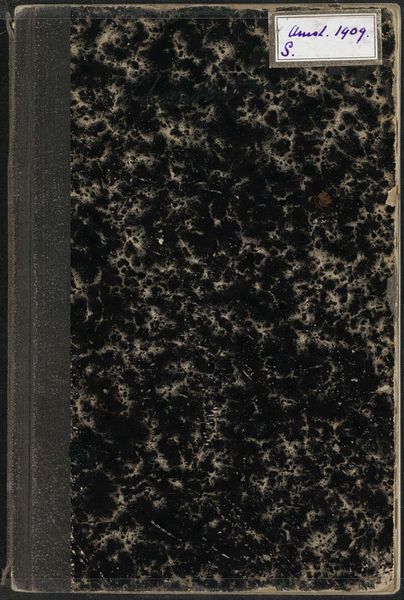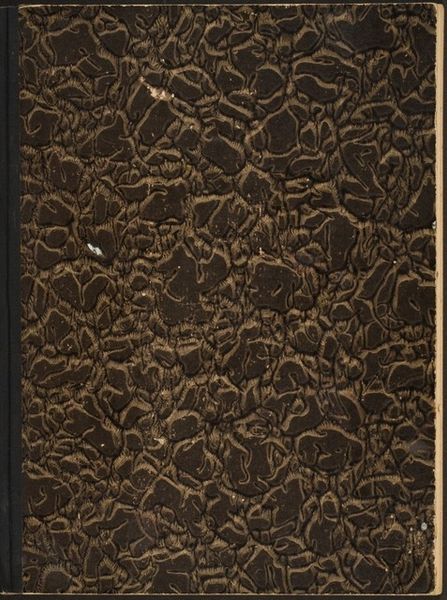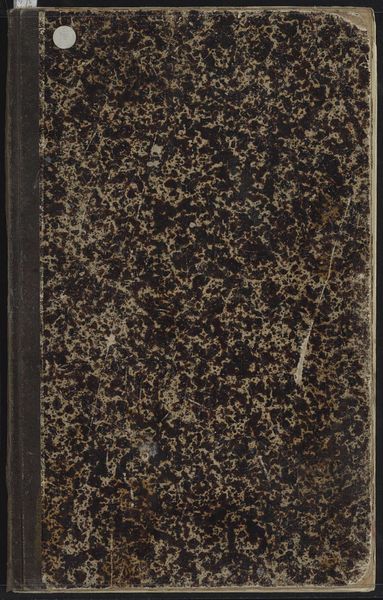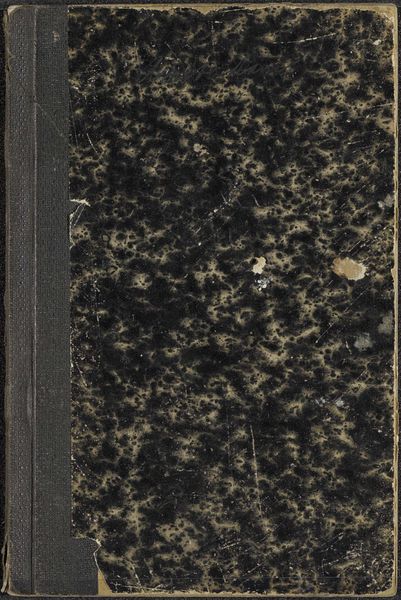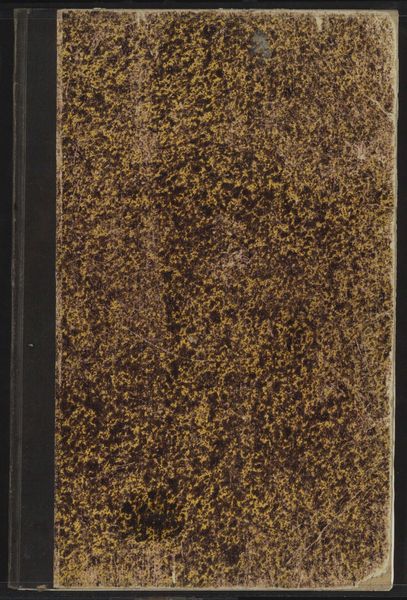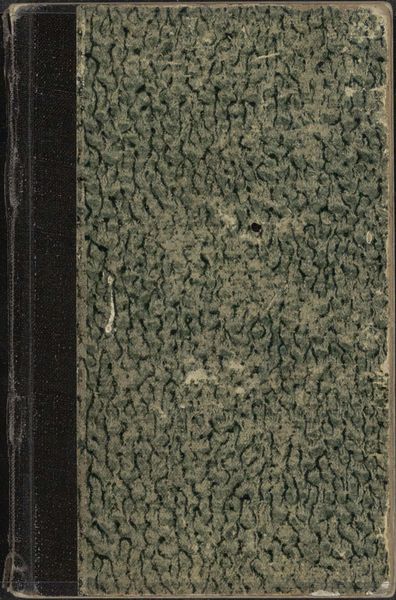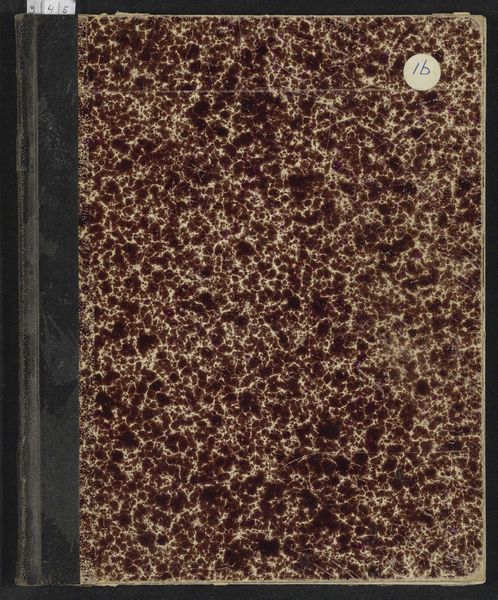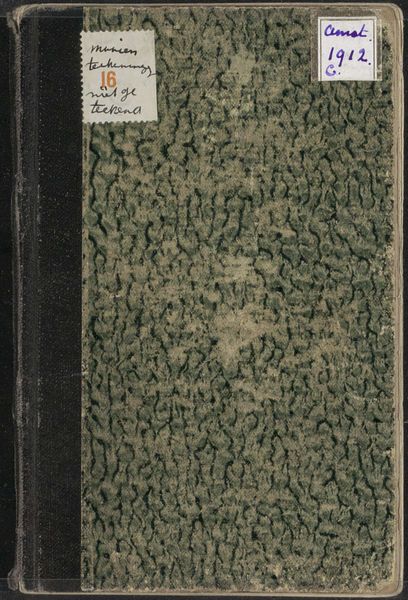
drawing, paper
#
drawing
#
art-nouveau
#
worn
#
paper
#
natural texture
#
watercolor
Dimensions: height 159 mm, width 102 mm, thickness 7 mm, width 207 mm
Copyright: Rijks Museum: Open Domain
Editor: Here we have "Sketchbook with 43 pages" from circa 1915-1916 by George Hendrik Breitner, housed in the Rijksmuseum. Looking at the sketchbook's cover, I'm struck by its aged texture and somewhat somber, muted tones. What social or historical context shaped this artist's creative process and the materiality of the work itself? Curator: It's a compelling question. Consider the sketchbook as more than just a collection of pages; it’s a repository of Breitner’s observations during a tumultuous period. The early 20th century saw immense social and political shifts. How might Breitner, known for capturing the pulse of Amsterdam, have viewed the growing unrest in Europe and its impact on daily life? The “worn” texture you pointed out might signify more than just age. It might symbolize a society undergoing tremendous stress, literally marking its presence on something as intimate as an artist's personal sketchbook. Editor: So, the physical condition of the sketchbook becomes almost like a visual metaphor for the anxieties of the time? Does Breitner's connection to Art Nouveau add to our understanding? Curator: Absolutely. Art Nouveau, with its emphasis on organic forms, often acted as a counter-narrative to industrialization. Given that Breitner often portrayed urban life, do you see a possible tension in him employing an Art Nouveau style to depict what were often harsh realities? Perhaps this sketchbook becomes a space for him to reconcile the natural world with the rapidly changing urban landscape. How does that affect your understanding of the work? Editor: It encourages me to consider the drawings within as possibly offering a personal sanctuary or alternative perspective amidst societal upheaval. Curator: Exactly. The sketchbook format allows a unique intimacy. These are not finished statements intended for a wide audience, but glimpses into the artist's raw thoughts and observations. Hopefully, this has provided you with a different perspective on the art. Editor: This conversation made me think about the relationship between private creative practices and broader public anxieties. Thanks!
Comments
No comments
Be the first to comment and join the conversation on the ultimate creative platform.
